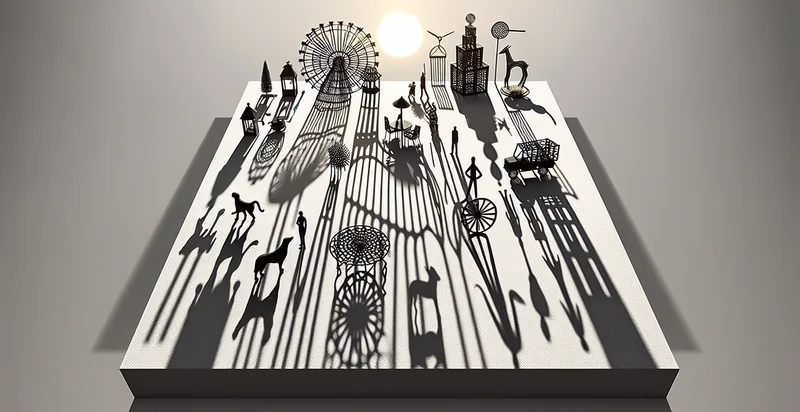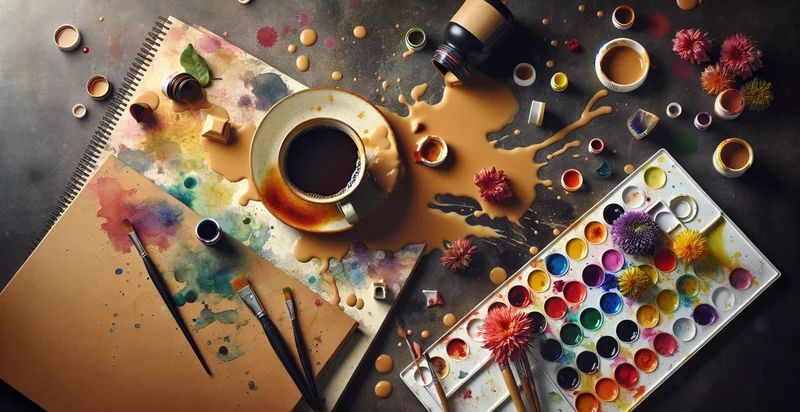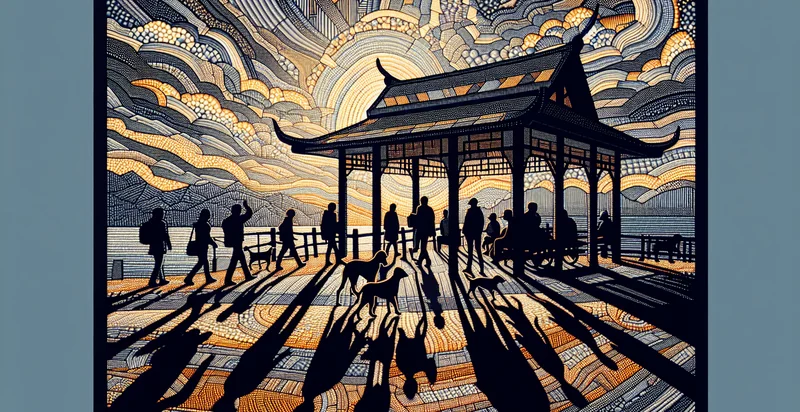Identify if shadows are intentional
using AI
Below is a free classifier to identify if shadows are intentional. Just upload your image, and our AI will predict if shadows are intentional - in just seconds.

Contact us for API access
Or, use Nyckel to build highly-accurate custom classifiers in just minutes. No PhD required.
Get started
import nyckel
credentials = nyckel.Credentials("YOUR_CLIENT_ID", "YOUR_CLIENT_SECRET")
nyckel.invoke("if-shadows-are-intentional", "your_image_url", credentials)
fetch('https://www.nyckel.com/v1/functions/if-shadows-are-intentional/invoke', {
method: 'POST',
headers: {
'Authorization': 'Bearer ' + 'YOUR_BEARER_TOKEN',
'Content-Type': 'application/json',
},
body: JSON.stringify(
{"data": "your_image_url"}
)
})
.then(response => response.json())
.then(data => console.log(data));
curl -X POST \
-H "Content-Type: application/json" \
-H "Authorization: Bearer YOUR_BEARER_TOKEN" \
-d '{"data": "your_image_url"}' \
https://www.nyckel.com/v1/functions/if-shadows-are-intentional/invoke
How this classifier works
To start, upload your image. Our AI tool will then predict if shadows are intentional.
This pretrained image model uses a Nyckel-created dataset and has 2 labels, including Intentional and Unintentional.
We'll also show a confidence score (the higher the number, the more confident the AI model is around if shadows are intentional).
Whether you're just curious or building if shadows are intentional detection into your application, we hope our classifier proves helpful.
Related Classifiers
Need to identify if shadows are intentional at scale?
Get API or Zapier access to this classifier for free. It's perfect for:
- Art Authentication: This function can be used by art galleries and auction houses to determine if the shadows in a painting were intentionally crafted by the artist. By analyzing shadow patterns, experts can distinguish between original artworks and forgeries that may misrepresent the artist's style. This ensures the integrity and value of the artwork.
- Photography Enhancement: Professional photographers can utilize this classification function to refine their images based on shadow characteristics. By identifying intentional shadows, photographers can enhance their compositions and adjust lighting to maintain the original artistic vision. This leads to higher quality imagery and improved client satisfaction.
- Architectural Visualization: Architecture firms can apply the shadow identifier to assess the visual impact of their designs under various lighting conditions. This helps in evaluating whether the shadows cast by structural elements are intentional and align with the intended aesthetic. Such insights can streamline design revisions and enhance presentations to clients.
- Advertising Campaign Analysis: Marketing teams can leverage this technology to evaluate the effectiveness of visual ads. By analyzing the use of intentional shadows in imagery, they can discern how shadows affect viewer perception and emotional response. This data can guide future creative strategies and improve campaign performance.
- Object Identification in Robotics: Robotics developers can implement this function to assist in the navigation and identification of objects based on their shadows. By distinguishing intentional shadows from ambient lighting, robots can better understand various environments and improve their interaction with objects, making them more efficient in tasks like sorting or delivery.
- Film Production Review: Film directors and cinematographers can use this tool to ensure that shadow usage aligns with the storytelling vision. By confirming that shadows are intentional, they can enhance the mood and tone of scenes. This analysis can aid in post-production decisions, ensuring the final product resonates with audiences.
- Virtual Reality Experiences: Developers of virtual reality content can employ this classification to create immersive environments. By ensuring that shadows are realistically rendered and intentional, they can enhance user engagement and authenticity. This improves the overall experience, making it more believable and enjoyable for users.


